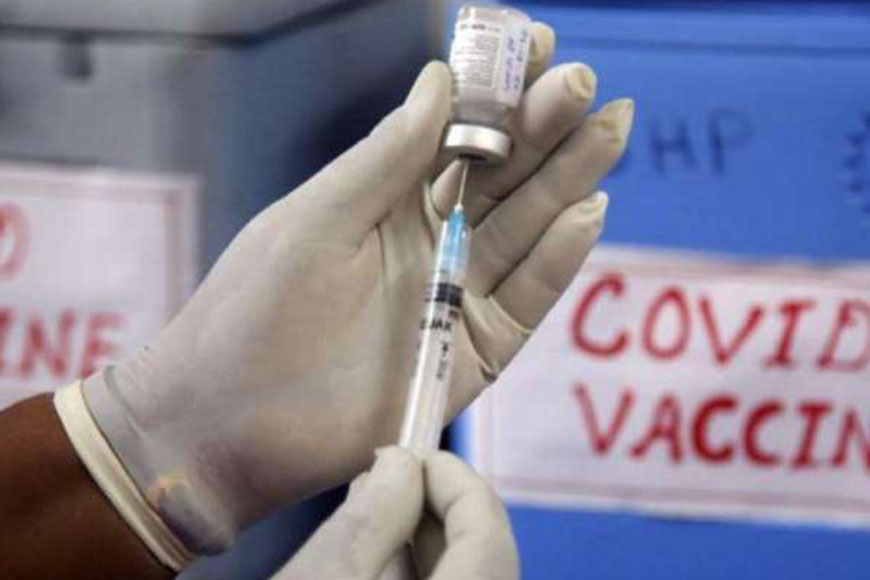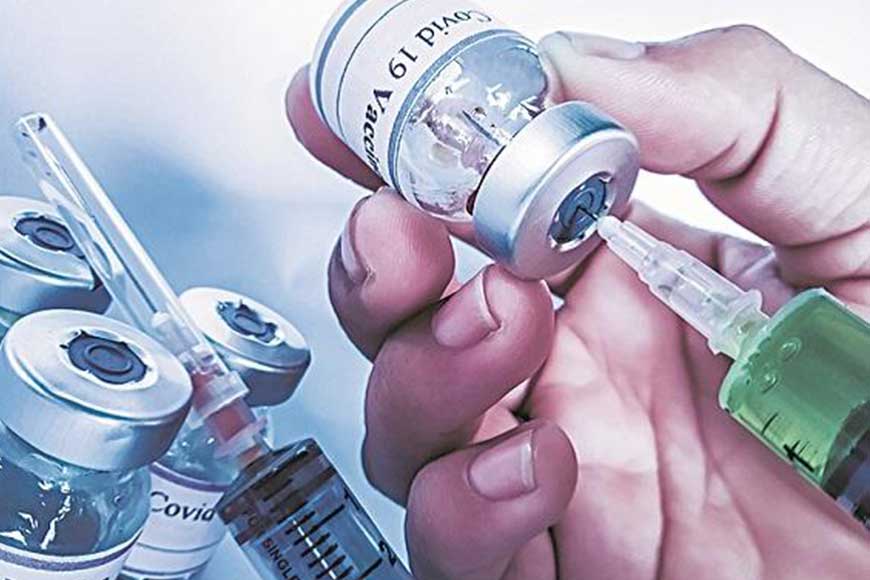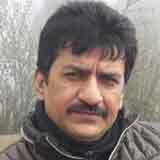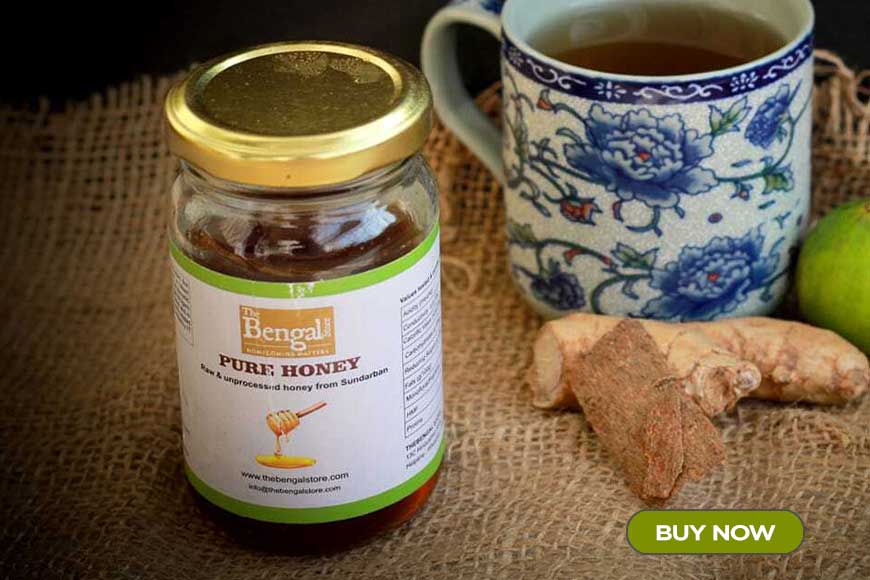Covid-19 vaccine drive in Bengal

Immunization --- the golden word doing rounds in every nook and corner of the world. This year it is all about COVID-19 vaccine. With dry run for COVID vaccines completed in four states of India and India planning to inoculate 30 crore people in the next six to eight months, the whole country is looking forward to the much-needed shot. However, experts and scientists believe that there is yet a long gap between the discovery of vaccine and it reaching the common people, what they call the immunization drive.
Dr Dipyaman Ganguly, senior Scientist in CSIR-Indian Institute of Chemical Biology, with research focus on Immunology and Innate immunity, said, “This is unprecedented that a vaccine has been discovered within a year. However, discovery of vaccine and getting vaccinated ---- there is a long gap between the two.
India, which witnessed world’s second highest number of COVID-19 cases after United States in the last ten months, is getting prepared with its logistics and other necessary requirements ahead of the emergency use approval of the vaccine. The government-appointed panel of experts is considering the emergency use approval for the coronavirus vaccines filed by the Serum Institute of India, Bharat Biotech and Pfizer. Serum Institute is making the vaccine 'Covishield' developed by Oxford University and pharma major AstraZeneca. Bharat Biotech which has partnered the Indian Council of Medical Research (ICMR) for its 'Covaxin'.
Dr Dipyaman Ganguly, senior Scientist in CSIR-Indian Institute of Chemical Biology, with research focus on Immunology and Innate immunity, said, “This is unprecedented that a vaccine has been discovered within a year. However, discovery of vaccine and getting vaccinated ---- there is a long gap between the two. The vaccine will not be coming to the common people before one year. We should not have any misconceptions about this. Health care workers will be getting the vaccine first across the globe. We must realize India does not have 20-30 crore vaccines ready and it will take time. Then comes the turn of the common people.”

“If we want to vaccinate 4 billion people globally, according to a ballpark estimate, the glass manufacturing capacity globally must be increased by 20 percent, just for the amount of glass needed for the vials. Then there is labelling, cold chain and so on. Huge number of manufacturing unit must be developed. It is a mammoth task,” Dr Ganguly said.
However, West Bengal, like other states, is getting ready for vaccinating its frontline workers and ‘COVID warriors’, which also include police personnel and conservation workers among others. The West Bengal government has prepared a list of frontline Health Care Workers (HCWs) who would be administered COVID vaccine on a priority basis. According to State Health Department sources, the state administration has prepared the list in discussion with all medical establishments like medical colleges (allopathic, homoeopathic and AYUSH), private healthcare units, health centres and polyclinics, right to the block level.
The HCWs in Bengal include frontline health workers, ASHA, supervisors/ facilitators, Anganwadi workers (AWWs), nurses and supervisors, health supervisors, block extension educators, medical officers (allopathic doctors), teaching and non-teaching staff and doctors on administrative posts), AYUSH doctors, dentists- the whole gamut of people will be given priority.
Dr Arindam Biswas, Medical Specialist, associated with Dr R N Tagore International Institute of Cardiac Sciences, in Kolkata, said, “At the moment dry run of the vaccine has been done but there is no central government guideline yet. After two dosage of vaccine, in the interval of four weeks, one has to wait for at least six months for the body to respond to the vaccine. There is no specific timeframe when the body will develop the immune system. It may be three months or even six months, we have to be cautious about the safety measures.”
After getting administered second dosage as a volunteer of Bharat Biotech third phase trial in Kolkata, Former Kolkata Mayor and Kolkata Municipal Corporation Administrator Firhad Hakim, said, “We are ready with our logistics and waiting for the vaccines to arrive. Working closely with the Centre, the vaccine will be applied to the frontline health workers, police and conservation workers. We have chalked out plan in that manner.”
Also read : Vaccination during colonial time
Interestingly, the state government will be introducing ‘Vaccination officers’, who will work closely during the vaccination drive in Bengal. These officers have been roped in from various state departments, including the auxiliary nurse midwives (ANM) from primary health centres. They will help the team who administer the vaccine. Dr Arindam Biswas, Medical Specialist, associated with Dr R N Tagore International Institute of Cardiac Sciences, in Kolkata, said, “At the moment dry run of the vaccine has been done but there is no central government guideline yet. After two dosage of vaccine, in the interval of four weeks, one has to wait for at least six months for the body to respond to the vaccine. There is no specific timeframe when the body will develop the immune system. It may be three months or even six months, we have to be cautious about the safety measures.”
Harping on the necessity of maintaining safety measures, Dr Biswas said, “All reports are based on trials-it is assumed that it will offer 60-65 percent efficacy and protection. We will not develop immune system overnight and all the guidelines by the state and central government regarding safety precautions should be followed meticulously.” Dr Ganguly also agreed to what Dr Biswas said. “Corona will be here for the rest of our lives. It is not magic. All safety measures must be maintained when we do our work. Stopping a droplet infection is not that easy but one must get treated soon one gets fever and other symptoms. That will reduce the cases from turning serious,” he elaborated.
West Bengal, like other states, is getting ready for vaccinating its frontline workers and ‘COVID warriors’, which also include police personnel and conservation workers among others. The West Bengal government has prepared a list of frontline Health Care Workers (HCWs) who would be administered COVID vaccine on a priority basis.
In India, Primary Health Centres (PHCs) function as grassroot-level government-run health centres which provide last-mile health services and carry out immunisation drives. These PHCs are the nearest health facility available to the rural people and effectively serve the rural areas. The role of PHCs is critical in India's immunization programme. Cold Chain facilities is essential in case of PHCs. In case of rural India and Bengal, cold chain facilities and logistics are the main obstacle in transporting the vaccines.
“The main constraint is that the vaccine will have to be transported. If you are carrying the vaccine from Kolkata to Purulia, how will you do it! The vaccine manufactured by Pfizer has to be transported in minus degree temperature. In case of Covaxin, which India in manufacturing, I think we do not require such temperature. Unless we have it in India and use it, whether we have a successful vaccine or it fails,” Dr Biswas expressed his apprehensions. After vaccine is manufactured, it is transported from the supplier to the state or regional vaccine store. The vaccine then gets distributed to districts, which send them to community health centres (CHCs) and primary health centres (PHCs). “When 20,000 vaccines coming to India from abroad, 10,000 will be wasted after reaching us due to tropical temperature. It is never possible to vaccinate 20,000 people immediately. It is easy to use the vaccines abroad as these are cold countries with minus temperature prevailing there. I think cold-chain management is a serious issue in India. The Oxford vaccine is more suitable for a tropical country like us in that respect,” Ganguly said.










